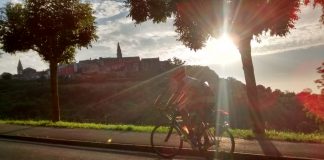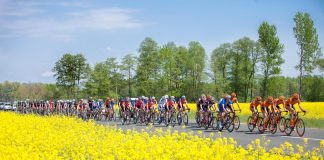Every beginning is hard. Especially so, if you are organizing an event, and selling it to the public. There is no space for mistakes or improvisations. They create stress and tension within the organizing team which then reflects on the participant experience. And participant experience is crucial to be successful. Misplacing a bag, running out of iso drink on feed station or even just answering someone in a hurried tone that can be interpreted as impolite can ruin an event. Each one of the tasks is simple by itself. Put them all together, and the difficulty increases. It increases further when it’s the first edition and everything is new and untested.
By Zlatko Tomšić/AiC
Organizers of King of Učka hill climb bike race managed to pull it off. In spite of it being the first edition, there was no stress or mistakes. They checked all the boxes of a well-organized event. Marketing and online presence, convenient parking, fast pickup of start packages, secure traffic-free route, well-staffed and provisioned feed stations and a relaxed atmosphere at the awards ceremony. When things are done this well, they seem like anybody could do them. It felt like everything was in the right place at the right time, and it got there effortlessly and stress-free.
The course
Besides organizational excellence ►King of Učka has a great course as well. With 22 kilometers in length and with almost 1400 meters of climbing this is a serious test even for the fittest cyclists.
Usually, this kind of numbers brings to mind alpine roads that connect neighboring valleys by going over mountain passes more than 2000 meters above sea level. But here the surroundings are Mediterranean, think more crickets and sun rather than snow-covered mountain tops and ski lifts.
Speaking of the Mediterranean, the start is in ►Ičići, near ►Opatija, next to a pebble beach and a yacht marina.
Up up up
The climb is characterized by continually changing gradient. There are several sections over 10% but none last for more than a couple of hundred meters after which the road flattens and offers an opportunity to recover briefly.
Most climbs have excellent views of the surroundings but rarely do you get to see the sea directly below you from more than a thousand meters unless you are in a plain. Look down and islands ►Cres and ►Krk and city of ►Rijeka rise from the sea and feel so close you can almost reach out and touch them. Look up you can see the radar antenna that stands right next to the finish line. The mountain dominates the landscape and can also be seen from the start line, adding to a sense of achievement and difficulty.
With the race in early October, you can expect warm but not hot weather. The temperature on the top of the mountain can be several degrees colder than on the sea level, so it is wise to make good use of the bag for finish line clothes provided and transported by the organizer.
On the day of the first edition, a cold northerly wind Bura blew. Wind chill combined with altitude meant that participants used all the clothes they took and some were even looking to borrow more. Several layers are warmly recommended including long sleeve windproof jacket, gloves, and cycling cap or bandana. You will use those on your return to the sea level.
Taking an extra pair of shoes will avoid damaging soles of cycling shoes while walking up 200-meter gravel track that leads to a stunning vantage point at the very top of the mountain. On offer, there is a 360-degree view of Rijeka, Krk, Cres, Istria with Slovenian and Italian Alps looming in the distance.
After the race
After a long descent back to the start there are warm showers and a delicious meal waiting for participants in the local marina. The marinas’ facilities are also used as a race office, parking and host prize giving ceremony.
Having all the essential points of the race so close to parking and start is very convenient and creates a warm and hospitable atmosphere. Hospitality and taking care of all participants is high on the list of priorities for the organizers. Their partners from the local community are interested in extending the length of the touristic season. The focus of attention is not only on the fastest, but participants of all fitness levels are also welcomed, and well looked after.
To achieve this the cut off time is generous 2,5 hours, the roads are completely closed to the traffic, the feed stations are provisioned and staffed to handle all cyclists, the start of the descent of the faster racers is delayed until most have finished and there are special prizes for youngest and oldest participant.
Stephane from France, a veteran of Haute Route, agrees: “The course is great, the climb is not as hard as I thought and the views are amazing. The organization is without flaw, and I would recommend the event to all cyclists looking for a challenge.”
As the organizers have extensive previous experience in organizing similar events, it seemed like this was an event with a long tradition. With expertise from organizing such prestigious events as Tour of Croatia UCI race and Ironman Slovenian Istria, and with famous former pro cyclist ►Vladimir Miholjević heading the team, everything was running smoothly and safely.
First edition of King of Učka was most certainly a success. Istria and Kvarner regions are rapidly becoming cycling destinations, Učka climb, and this event can become recognizable symbols for cycling in Croatia. If organizers keep up the quality King of Učka is sure to become a regular entry on the calendar for the most cyclist in the region and through Europe in years to come.

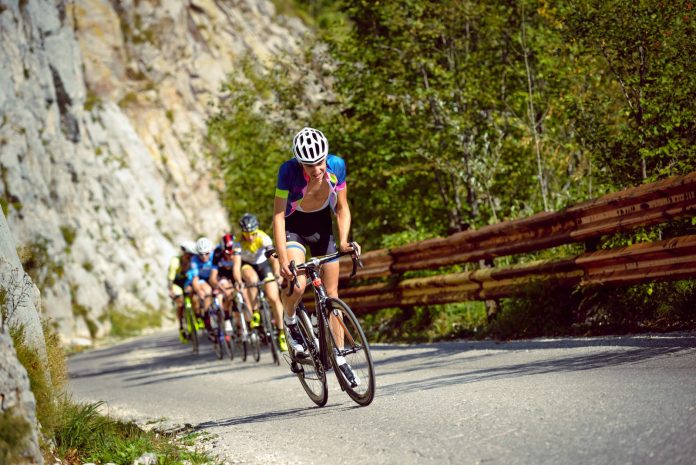
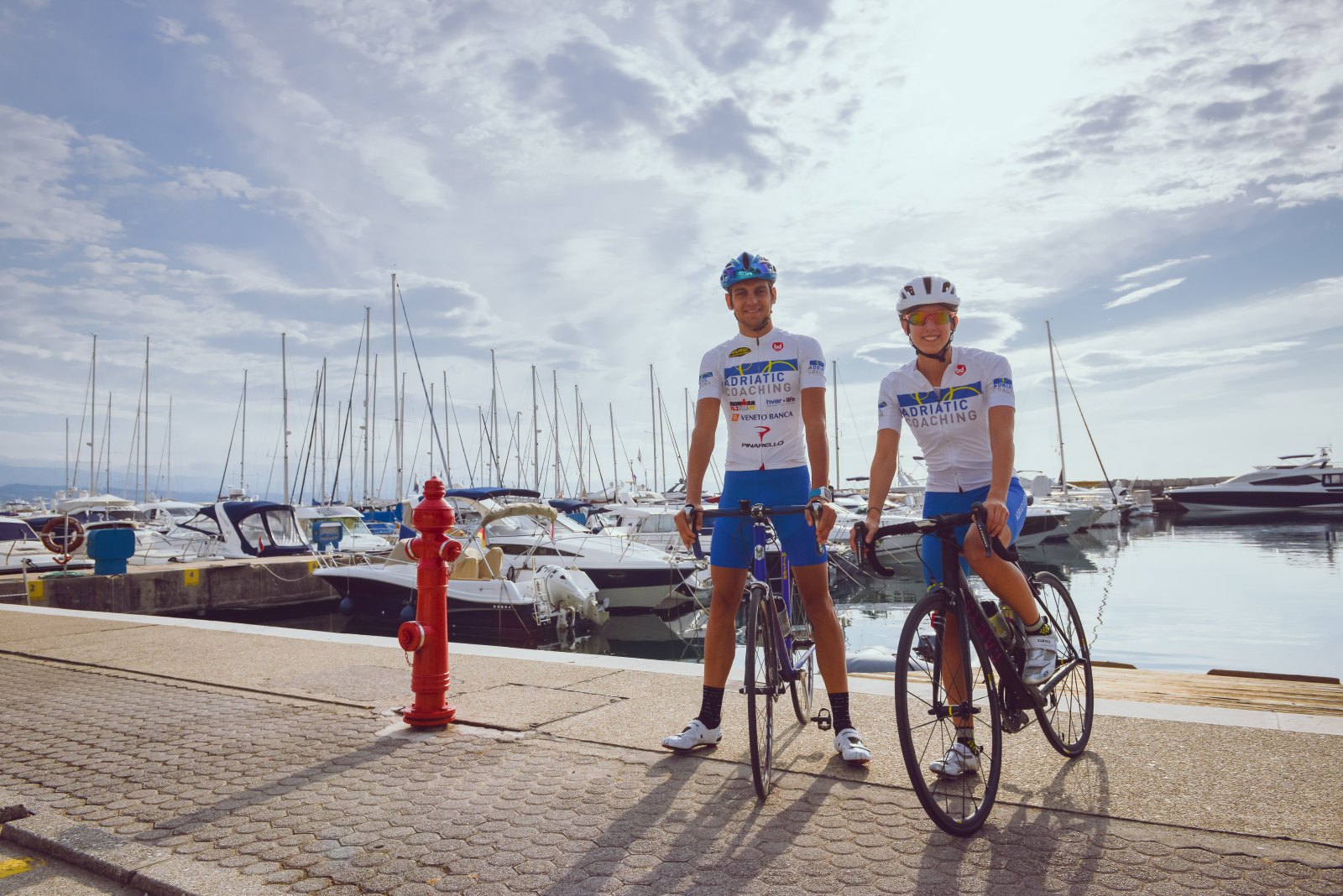

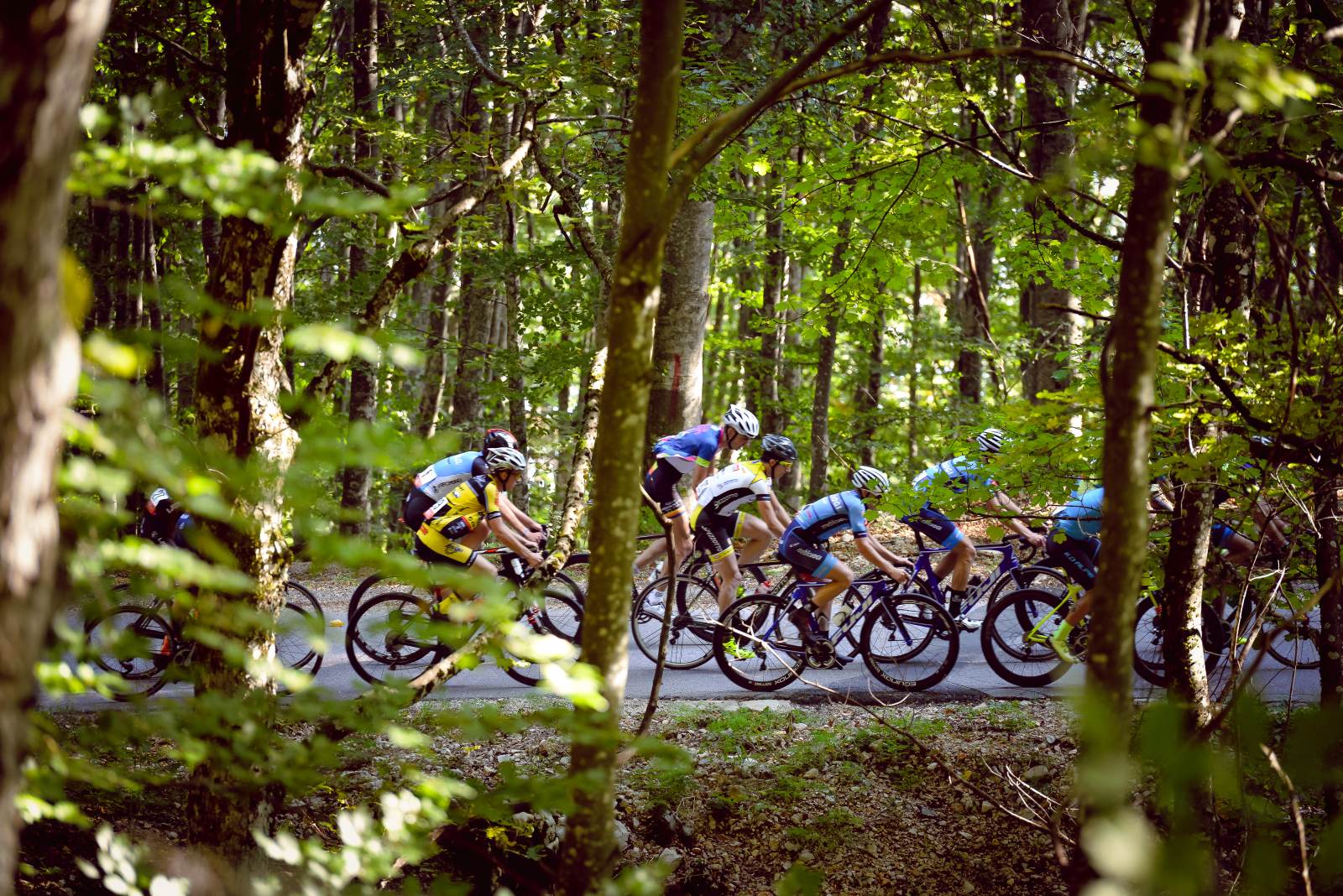


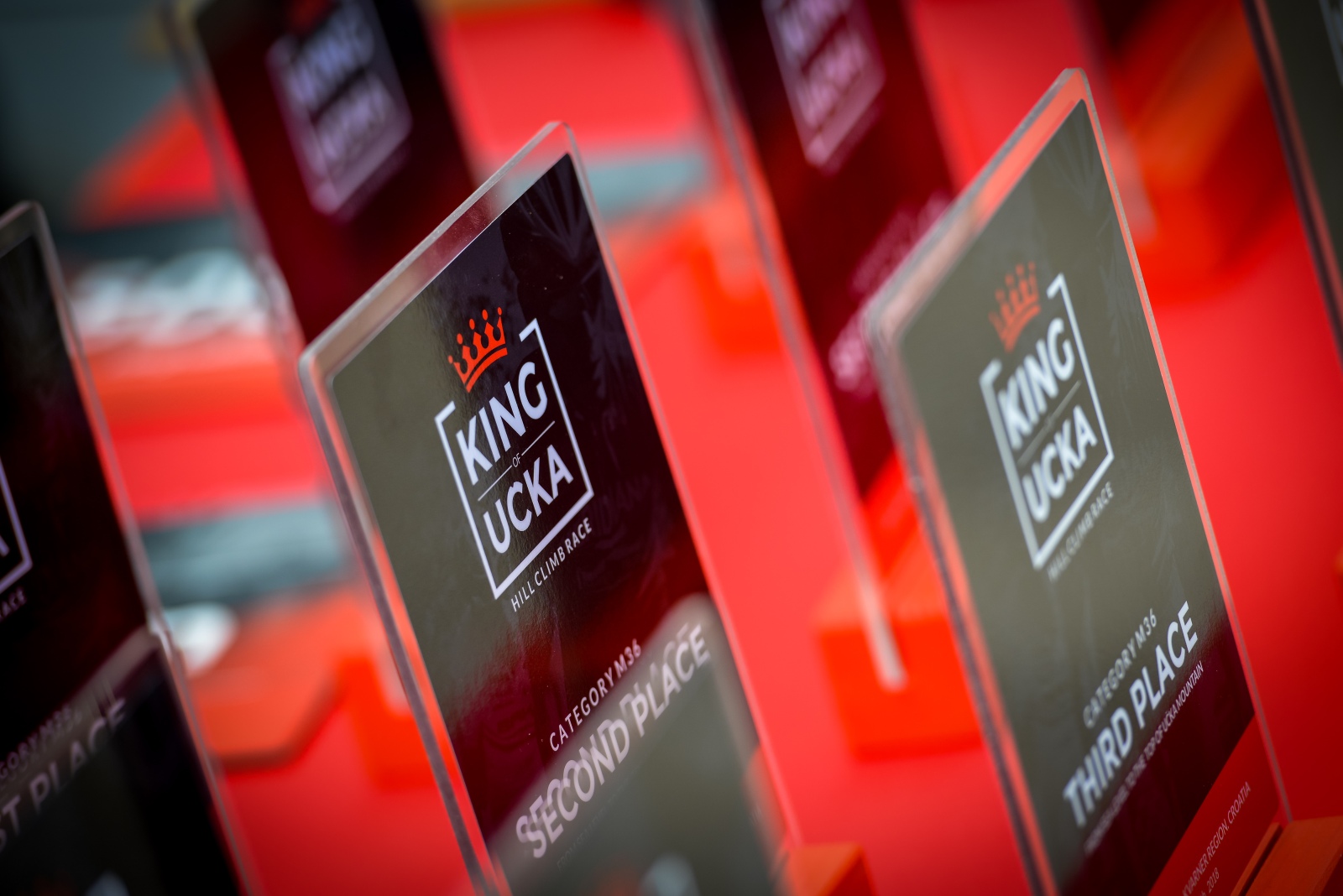


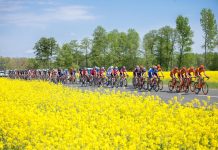
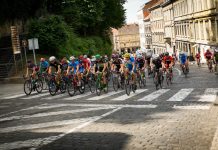
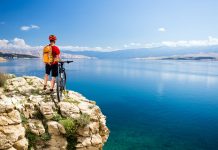
![[VIDEO] Amazing nature of Croatia – you have to see it to believe](https://activeincroatia.com/wp-content/uploads/2018/11/Kornati-bigstock-Amazing-Kornati-Islands-Of-Cro-189068095-100x70.jpg)



